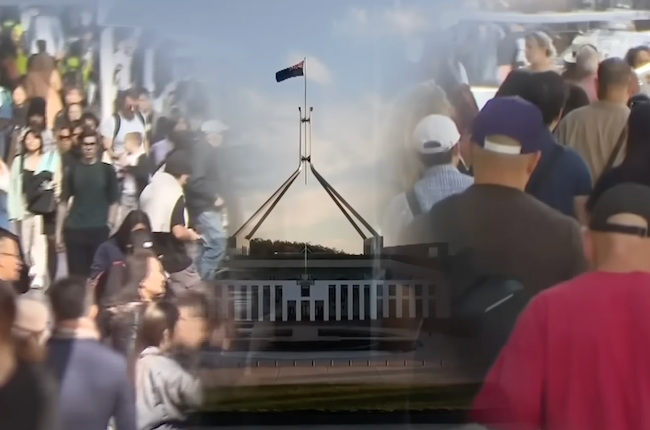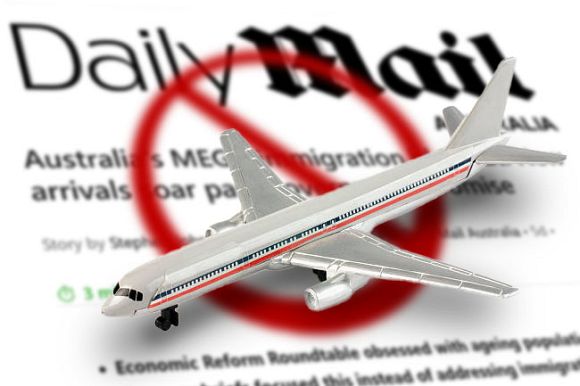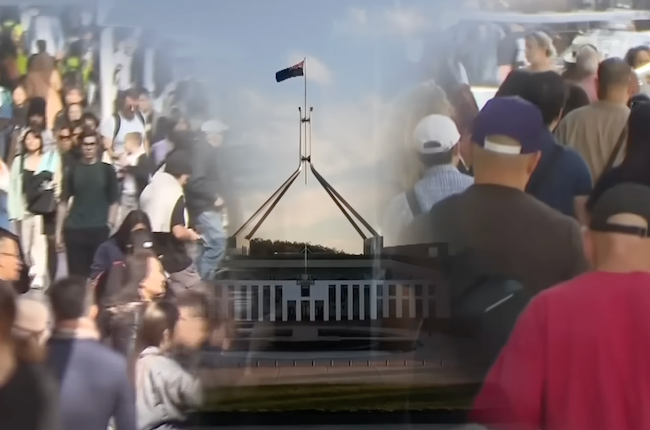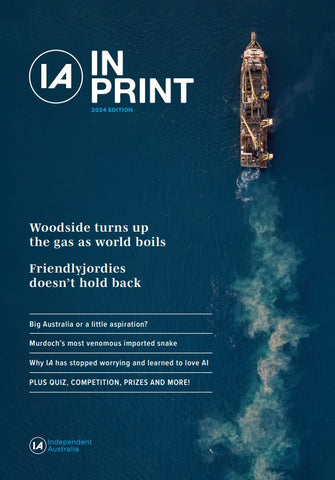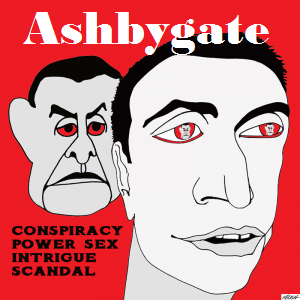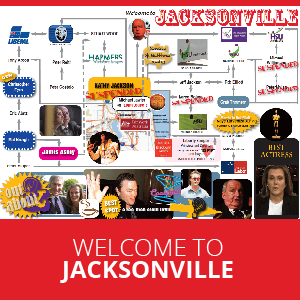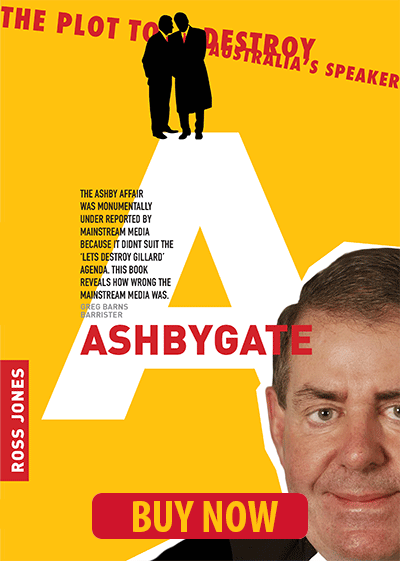While the stock of temporary entrants remains large, the pressure to expand the permanent migration program will only grow. Dr Abul Rizvi reports.
AFTER A DELAY of many months, the Government hurriedly announced the 2025-26 migration program two days after the first anti-immigration march in September. The delay in announcement (the migration program is usually announced with the annual Budget) is likely to have been due to indecision by the Government on how to manage the burgeoning partner visa backlog and the increasing politicisation of immigration levels.
Rather than address the backlog, the Government decided to again kick the problem down the road by holding the program size, composition and the allocation of partner places at the identical level in 2025-26 as in 2024-25 — it was a cut and paste job that took no account of changing circumstances, application rates, backlogs or legal requirements.
In fact, the planning level for partner places has now been held at around 40,000 for four years in a row, despite the rapidly growing backlog and the Migration Act requirement that these visas be processed on a demand-driven basis. The Government continues to acknowledge this in a footnote to the planning levels for these visas, even though it is clear partner visas are not being managed on a demand-driven basis.
The burgeoning partner backlog and illegal management of it is not new (see Chart 1).
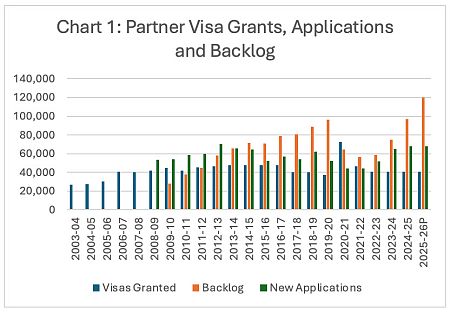
The backlog began to grow from at least 2009-10 when it was 27,900 at end June 2010. In that year, there were 54,013 new partner applications with 44,755 visa grants (the refusal rate for partner visas is very low). As applications grew steadily to 70,123 in 2012-13, the backlog also grew to 57,870. While the application rate slowed over the next few years, the backlog continued to rise as the Government was not providing a sufficient number of partner visa places.
In the three years from 2017-18, Home Affairs Minister Peter Dutton cut the number of partner places by almost 10,000 per annum despite the rising backlog which peaked at 96,361 at end 2019-20. What Dutton did was patently illegal.
With the Auditor-General belatedly agreeing to a request from Opposition MP Julian Hill to undertake an audit of partner visa processing, new ministers Karen Andrews and Alex Hawke rapidly increased the number of partner places in 2020-21 to an all-time record of 72,376 (in conjunction with that, they also reduced skill stream and humanitarian program places).
That reduced the backlog to 64,111. A decline in partner applications during COVID to around 44,000 per annum resulted in the backlog continuing to fall to 56,168 by end June 2022.
With the re-opening of international borders and the Coalition Government stomping on the student and working holiday maker visa accelerator, there was a surge in the arrival of these young temporary entrants to Australia, as well as young Australians going overseas. Inevitably, some of these young people formed relationships and applied for partner visas.
New partner applications increased to 65,160 in 2023-24 and 68,105 in 2024-25. By the end of June 2025, the backlog was a record 96,839 (surpassing the Dutton record).
As the Government has only allocated 40,500 places for partners in 2025-26, the backlog is likely to rise to around 120,000 by end of June 2026, assuming around 68,000 new applications. With the large stock of long-term temporary entrants in Australia, including record or near record numbers of NZ citizens, students, working holiday makers, temporary graduates and skilled temporary entrants, there may be even more new partner applications in 2025-26 than 68,000.
The Government has essentially three options for dealing with this situation. First, it could increase places for partner visas and while holding places for other visas essentially constant (noting there is also burgeoning demand for employer-sponsored visas and state/territory government-nominated visas). But that would be met with howls of protest from the usual anti-immigration advocates that the Government fears in the first place.
A second option would be to reduce places for other permanent visas, both skilled visas and offshore humanitarian visas. But that would be strongly opposed by business groups, state/territory governments as well as humanitarian advocates.
A third option would be to just keep kicking the issue down the road. The risk with this is a large enough class action, which leads to the courts forcing the Government to process partner applications according to law. The political implications of that would be awful. The more that Government delays dealing with this issue, the more inevitable a large class action.
A fourth option that has been suggested is to take partner visas out of the migration program and present these separately. That may solve a presentational problem, but does not address the substance. Everyone will know how to add the partner visas to the migration program to get to the overall number. It’s a bit like the Government leaving the 3,000 place permanent residence Pacific Engagement Visa out of the migration program calculations. It has done that for no logical reason.
Whichever option the Government adopts, it needs to understand that this is not a one-off issue. Whilst the stock of temporary entrants remains large, there will be inevitable flow-on pressure to expand the permanent migration program to accommodate both partners and other permanent visa categories.
The reality is, the Government needs a holistic long-term plan to manage immigration. That means managing BOTH net migration and the permanent program. Managing just the permanent program on a year-by-year basis while pretending net migration is just a ‘statistical’ phenomenon is not managing immigration at all because of the flow on consequences of net migration for the permanent program.
Not managing net migration has real-life consequences.
Dr Abul Rizvi is an Independent Australia columnist and a former Deputy Secretary of the Department of Immigration. You can follow Abul on Twitter @RizviAbul.
 This work is licensed under a Creative Commons Attribution-NonCommercial-NoDerivs 3.0 Australia License
This work is licensed under a Creative Commons Attribution-NonCommercial-NoDerivs 3.0 Australia License
Support independent journalism Subscribe to IA.

Related Articles
- Immigration pressures build as net migration stabilises
- Government report provides a strong basis for immigration reform
- 400,000+ bridging visa holders highlight a system in deep trouble
- Media that accused ABS of censorship and politicisation should apologise
- Record temporary visas strain migration system as shortages persist


